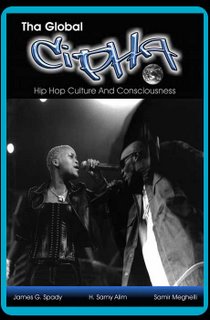It's almost the end of the year and I'm in a retrospective mood. So I've decided to create a Reggaetonica Vault. Below is the first article I ever wrote. It was originally a letter to the editor that was eventually published as an opinion piece in Claridad in March 1994. I was twenty-one and upset about the treatment rap and reggae were getting on the Puerto Rican press.
The second article of our premier Garabatas issue was titled "Rapeando en puertorriqueño" and was co-written by Carmen Oquendo Villar and myself. Click here for Part I. Click here for Part II. Click here for Part III. Click here for Part IV. Missing is the third article of the supplement, dedicated to the growing Christian rap scene and titled "Raperos para Cristo." I still have to scan that one.






